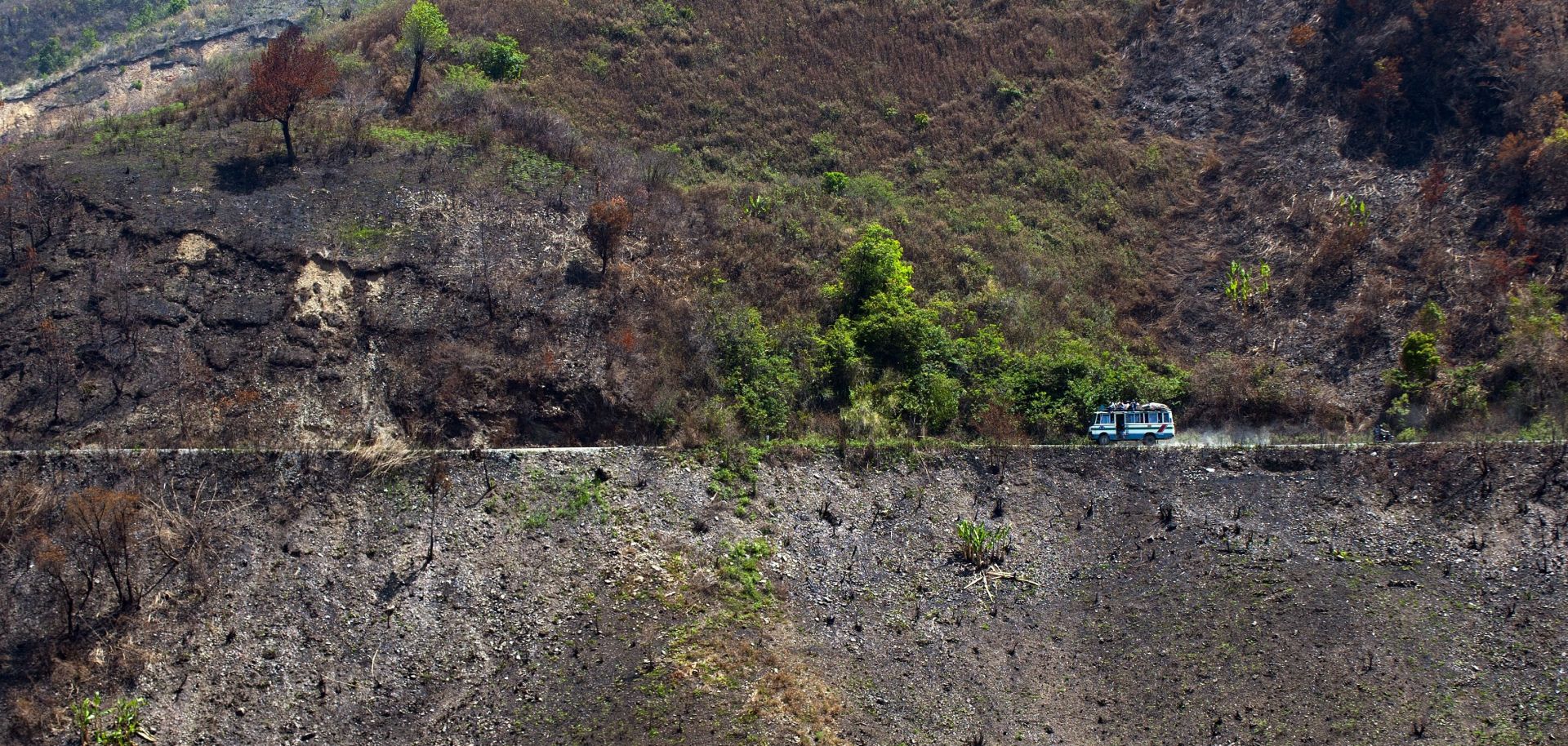ASSESSMENTS
Could Federalism Smooth Southeast Asia’s Rough Edges?
Jan 26, 2018 | 09:00 GMT

This photo taken on May 19, 2014, shows a bus on a mountain road in Chin state, Myanmar.
(YE AUNG THU/AFP/Getty Images)
Highlights
- Southeast Asian countries will continue to explore the idea of granting more power to local areas as a way to deal with separatism and fragmentation.
- The Philippines’ experiment with federalism could face strong pushback but will result in progress at least in certain areas such as Mindanao.
- Myanmar’s push for similar reforms will be much more difficult due to robust opposition from the military — and even the ruling pro-democracy party.
Subscribe Now
SubscribeAlready have an account?
